Discover the hidden Beijing
In director Jiang Wen’s latest hit movie “Hidden Man,” many intriguing scenes of old Beijing have captivated the imaginations of viewers, which is what prompted the director’s desire to explore the old parts of the capital. Luckily, “Lonely Planet” has plotted a route to help you discover a similar authentic and historical side of Beijing for yourself.
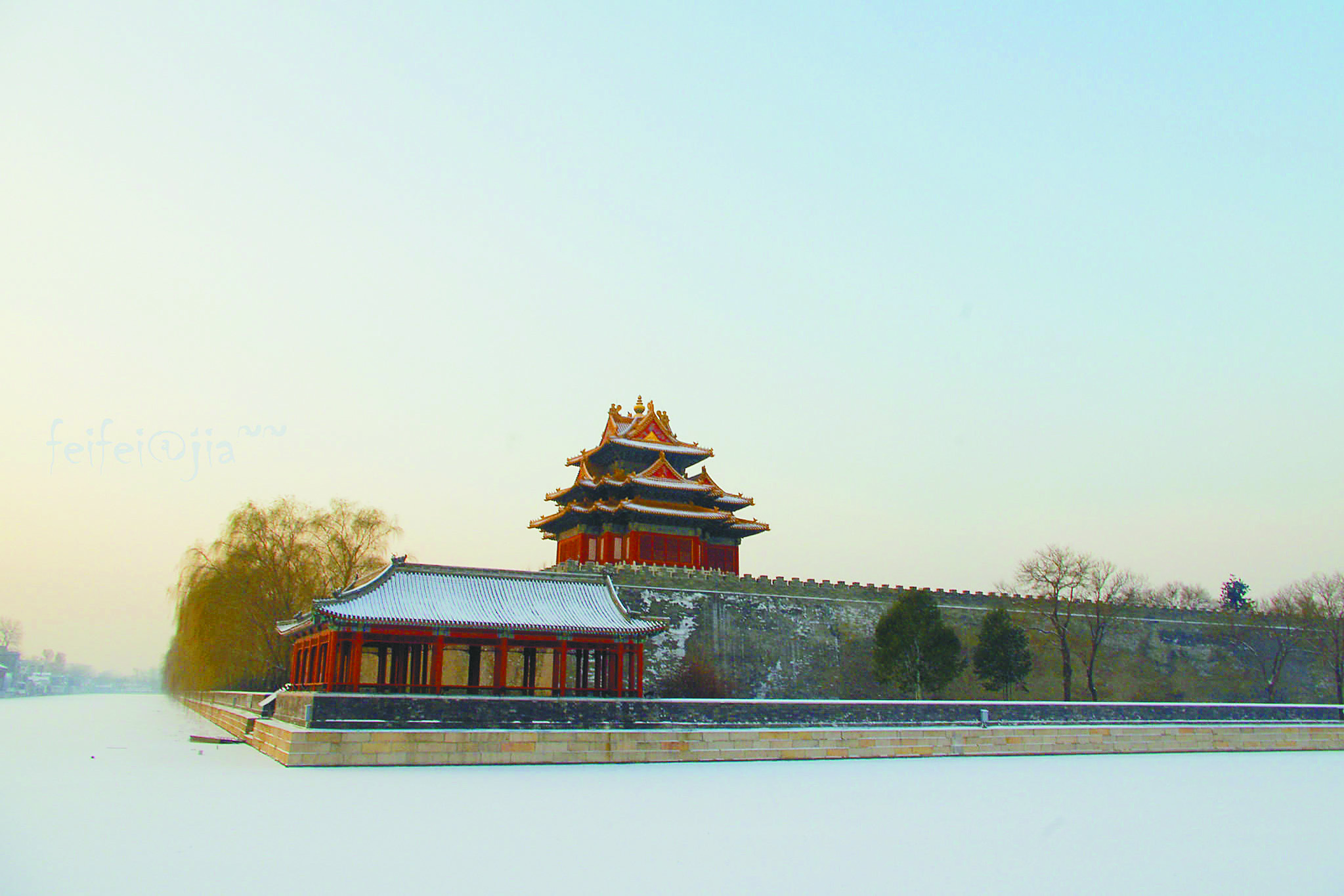
Duan Qirui FormerGovernment Building
段祺瑞执政府旧址
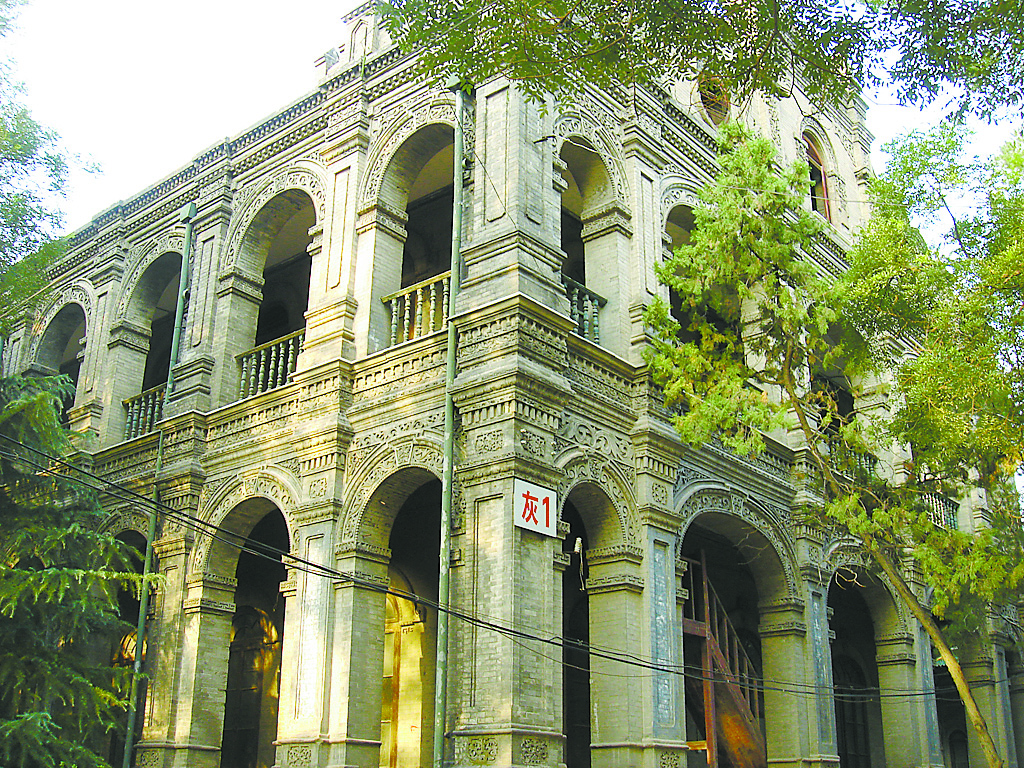
Take Metro Line 5 to Zhangzizhonglu Station and ascend from Exit A to get to this destination. Right outside the metro exit, you will see an imposing piece of Republic-era architecture, complete with a brick clock tower. Two stone lions standing at its gates symbolically safeguard the place.
It is the former headquarters and residence of Duan Qirui (1865-1936), a Chinese warlord and politician, a commander of the Beiyang Army and the acting chief executive of the Republic of China (in Beijing) from 1924-1926. He was also the premier of the Republic of China on four occasions between 1913 and 1918.
The fascinating neo-baroque buildings scattered throughout the grounds and Peanut, a small and quiet cafe near the entrance, are worth visiting. Despite its looks, the grand villa was not constructed by foreigners. In fact, it was designed and constructed by Chinese designer Shen Qi (1871-1930), who studied in Britain.
The complex, with its west yard belonging to the Renmin University of China and east yard to the Chinese Academy of Social Sciences, is not open to the public. There are security guards stationed at the front gates.
Art Gallery Back Street
美术馆后街
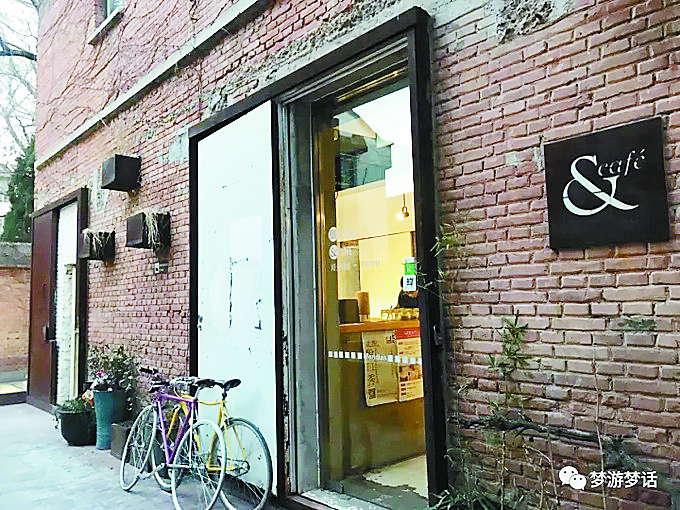
Leaving the Duan Qirui Former Government Building, walk to the west and you will enter the Art Gallery Back Street. On the street hide a “mini 798 ArtDist” called 77 Cultural and Creative Park and the main outlet of the renowned Sanlian Taofen Bookstore.
Since April 18, 2014, the bookstore has lit up the night for booklovers by opening its doors to customers 24 hours a day and seven days a week, making itself Beijing’s first 24-hour bookstore. It provides comfortable chairs and table lamps for book lovers throughout the night.
Since January this year, the bookstore has been undergoing renovation and will be reopened to readers later in the year.
Peking University Red Building
北大红楼
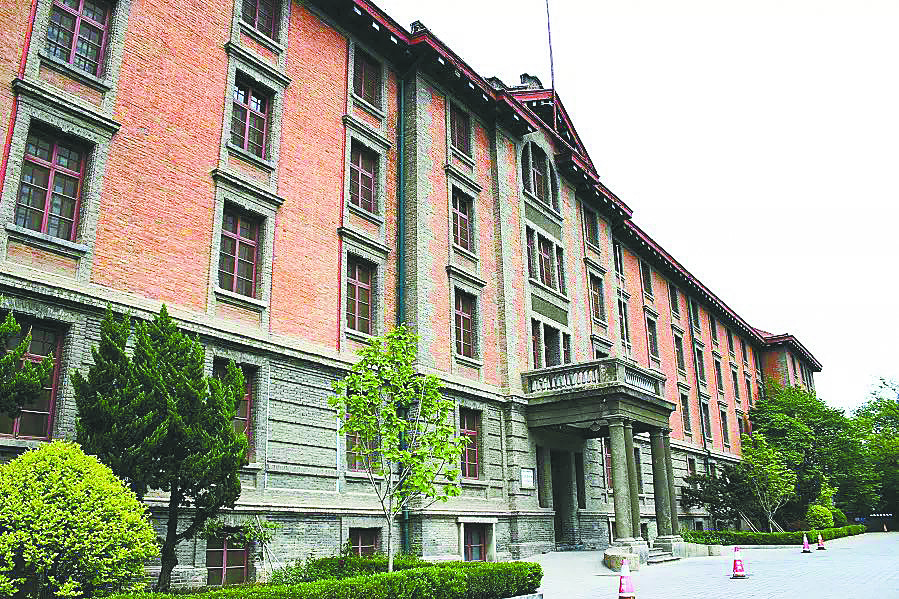
Most people know Peking University’s Red Building as the hotbed of the May Fourth Movement, an anti-imperialist cultural and political movement that originated among student participants in Beijing on May 4, 1919. Also known as the New Culture Movement Memorial Hall, this brick building with red upper stories and an institutional interior of white walls and red doors is situated at the east side of Jingshan Park in the north of the Palace Museum.
Since its establishment in 1918, the Red Building has been known as the origin of advanced Chinese thinkers and culture. It is filled with hagiographic material on early figures of the Party including Chen Duxiu, Li Dazhao, Lu Xun and Hu Shi. The room where Lu lectured on the history of Chinese novels has been preserved complete with old-fashioned desks, as has the library once run by Cai Yuanpei, late president of National Peking University. Mao Zedong, first chairman of the People’s Republic of China, once worked in the building as a library assistant.
Theater Museum of Beijing People’s Art Theater
北京人民艺术剧院戏剧博物馆
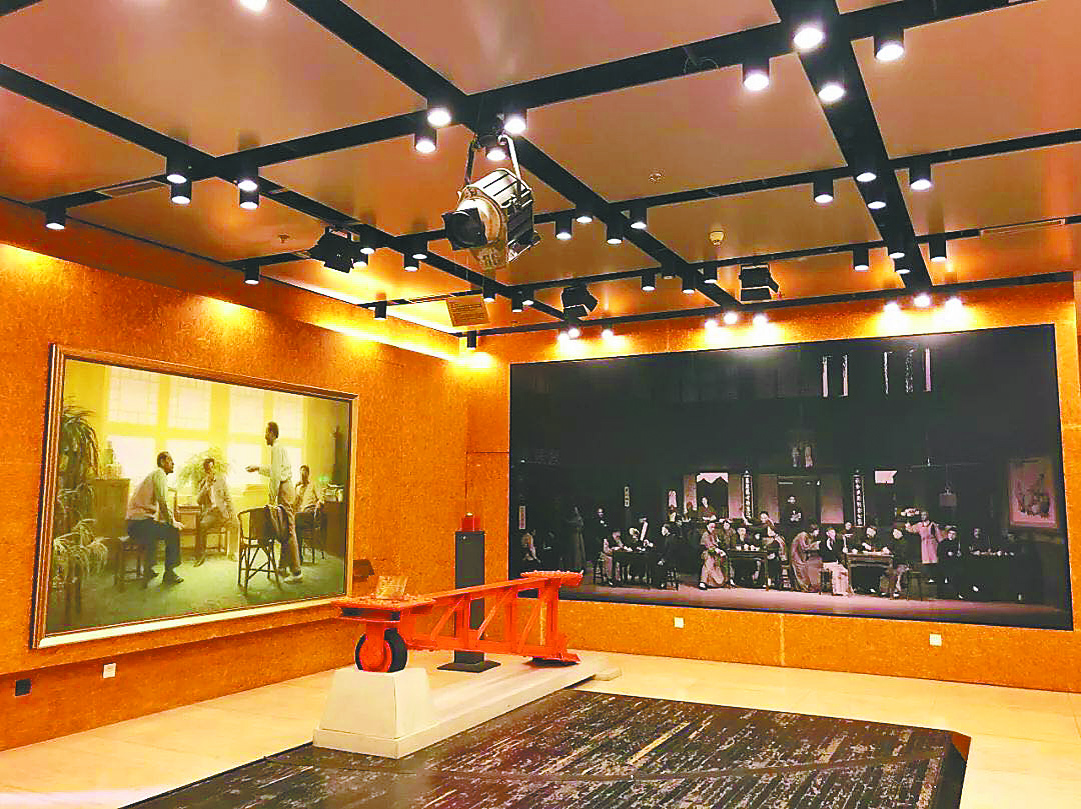
Beijing People’s Art Theater is the artistic cradle of China’s splendid history of theater. For theater lovers, Theater Museum of Beijing People’s Art Theater is a must-visit, for it offers you a chance to experience the shining path that the Chinese theater has trod over the past 60 years.
Located on the fourth floor of the Capital Theater on Wangfujing Street, the museum covers a construction area of 1,360 square meters. It houses nearly 150,000 pieces, including some important manuscripts such as the notes and works of Guo Moruo, Lao She, Cao Yu and Shen Congwen.
The name of the museum inscribed onto the gates’ signboard was carved by Ouyang Shanzun, a senior director of Beijing People’s Art Theater. The big stage photo in the center of the exhibition hall is sure to bring you back to the age of “Teahouse,” a play written by Lao She.